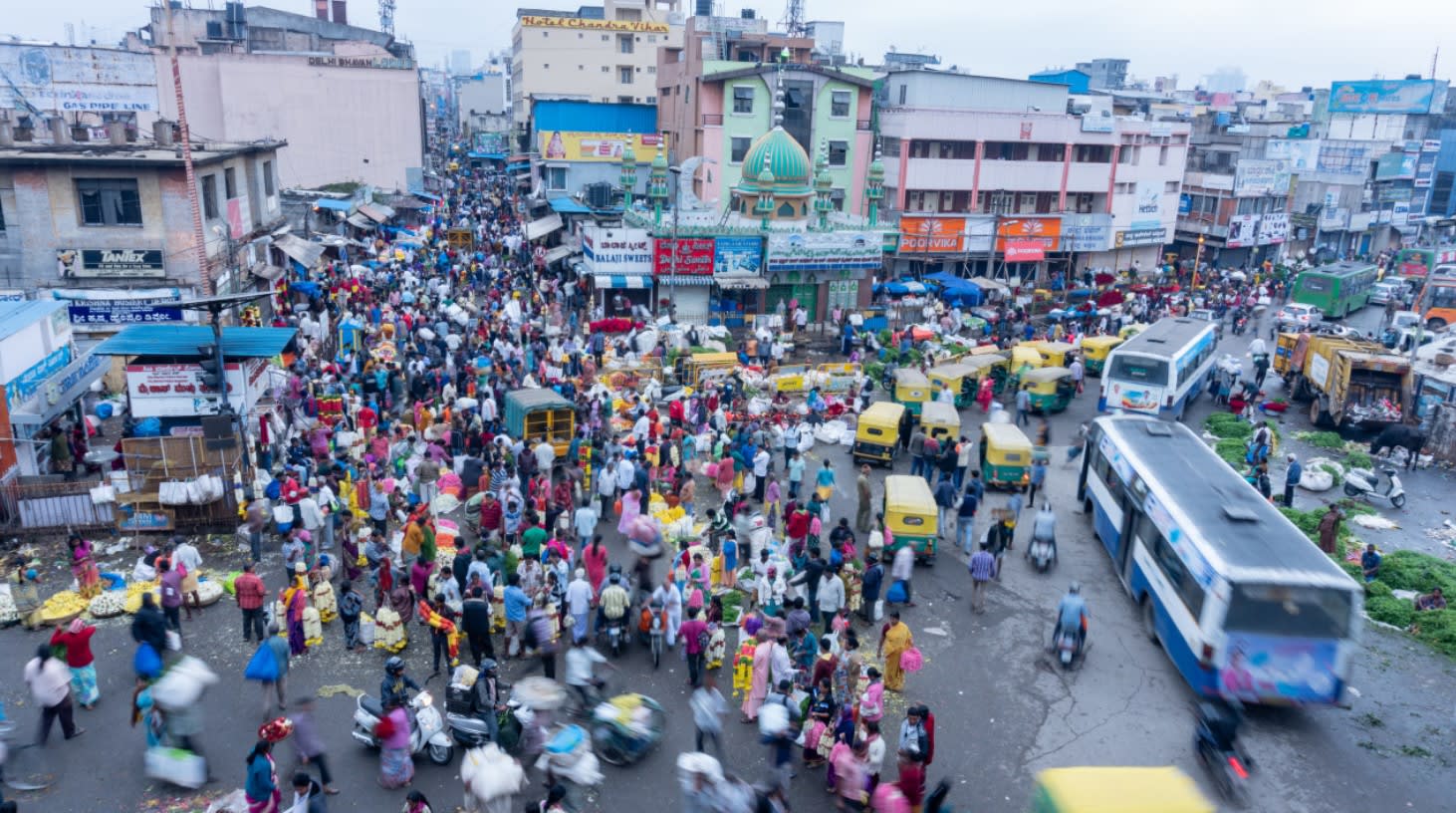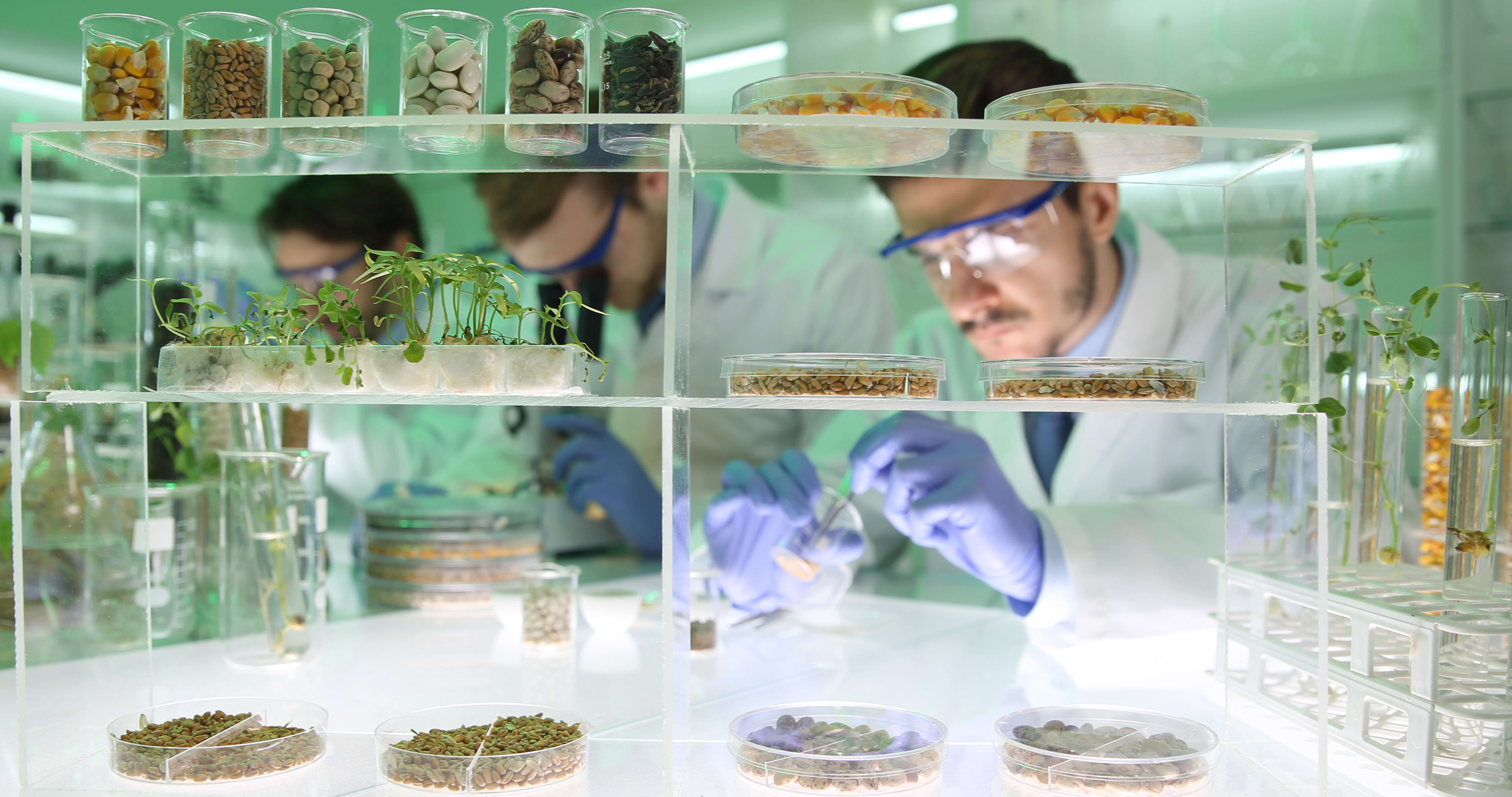What Students Should Know About Global Population and Sustainable Development
The world’s population is growing quickly. After hundreds of thousands of years for the population to break the one billion threshold, during the following two centuries it increased sevenfold, reaching seven billion in 2011. Since, the growth has been steady, with a current figure 7.7 billion and predictions to reach 8.5 billion in 2030, 9.7 billion in 2050, and 10.9 billion in 2100. At such a pace, our planet will soon become overpopulated, which would likely negatively impact all the 17 Sustainable Development Goals (SDGs) proposed by the United Nations (UN) in 2015, in their 2030 Agenda for Sustainable Development. This agenda has its roots in an earlier UN conference on environment and development that took place in Rio de Janeiro in 1992, where the principles of sustainable development were formulated. According to the first of these principles, human beings are at the center of concerns for sustainable development and “are entitled to a healthy and productive life in harmony with nature.” Let's take an in-depth look at this issue and how you can study it.
- International News

The negative impact of population growth on sustainable development has already been acknowledged by the United Nations Population Fund (UNFPA) in the 2012 report. This report argues that: 1) population growth significantly increases environmental pressures, since more resources are needed to offer sustenance to a rapidly growing population; 2) population growth increasingly differs between countries, remaining extremely high in the least developed countries; and 3) population growth also differs within countries, with rapid urbanization changing vulnerabilities and creating new opportunities.
The solutions UNFPA proposes include identifying the subpopulations that contribute most to environmental degradation and those that are most vulnerable to its consequences; devising sustainable policies targeting these subpopulations; facilitating increased urbanization by ensuring environmental hazards and vulnerabilities are under control; and investing in human capita, such as people’s education and (reproductive) health, in order to slow population growth, accelerate the transition to green, sustainable technologies, and improve people’s adaptive capacities to environmental change.
In UN’s 2015 agenda, sustainable development is described alongside three dimensions, which should be integrated and balanced in order to provide long-term stability of the economy and the environment: 1) the economic dimension, with SDGs such as eradicating poverty and hunger, providing decent work and economic growth, and fostering responsible consumption and production; 2) the social dimension, with SDGs which include increasing good health and wellbeing, reducing inequalities between the rich and the poor as well as between genders, and offering access to quality education; and 3) the environmental dimension, with SDGs focused on protecting the climate and life on land as well as below water, and providing access to affordable and clean energy.
Unfortunately, almost a decade later after the warnings of the 2012 report and its proposed solutions, the situation does not seem to be significantly improving. Population growth continues to have harmful effects on basically all SDGs, alongside their economic, social, and environmental dimensions. By increasing poverty and lack of access to food, water, and sanitation, reducing health and wellbeing, fostering class and gender inequalities, and endangering the climate and the environment, population growth remains one of most important problems to address in the coming decades.
As UN argues, access to quality education is an essential key for solving this problem. In a report on population, education, and development published as early as 2003, UN’s Population Division claims that, through education, “Individuals are better able to enjoy healthy lifestyles, achieve the desired number and spacing of children, undertake the type of work that they wish to undertake and, in sum, better manage their lives”. Increased education is strongly tied to economic growth and reduction of poverty, as well as to better family planning, which leads to lower fertility rates and thus, to more sustainable population dynamics. According to UN, though, at the end of 2020 there were still 773 million adults and young people lacking basic literacy skills, as well as 617 million children and adolescents unable to achieve minimum proficiency skills in reading and mathematics.
Higher education programs, particularly those focused on the complex relationship between population dynamics and sustainability, such as geography, development studies, or sustainability studies, can be very helpful for tackling the issue. They can help students properly analyze the contemporary global situation and provide feasible solutions to exit the predicament in which we find ourselves.
Fortunately, there is an increasing number of inter- and transdisciplinary bachelor's, master's and PhD degrees focused on sustainability, most of them addressing the problem of population dynamics too. Through their emphasis on interdisciplinarity, critical thinking, and innovation, these programs are perfect for the training of tomorrow’s analysts and policy makers. Also they involve collaborative research and knowledge-transfer among expert economists, social scientists, and environmentalists, through seminars and conferences for example, in order to properly address the complex interrelationships among the three dimensions of sustainable development identified by the UN.
Yet academic research alone can be insufficient for making a real impact in the world. In order to connect the academia with society at large, UN created the Higher Education Sustainability Initiative (HESI) in 2012. Through its close association with UN, HESI provides over 300 universities from around the world with strong connections between their research and the public and private sectors, creating a platform where students, professors, scientists, policy-makers and key education stakeholders can collaborate in order to address the challenges humans and the environment face.
Although the situation is difficult, all of this activity, together with students, graduates, and faculty's passion, commitment, innovativeness, and openness, should make us optimistic and be more than sufficient proof of the truth of one of the UN's key statements: “Population dynamics are not destiny. Change is possible through a set of policies which respect human rights and freedoms and contribute to a reduction in fertility, notably access to sexual and reproductive health care, education beyond the primary level, and the empowerment of women.”
Find your perfect program
Use our search to find and compare programs from universities all over the world!
Sustainable DevelopmentFind a program in these categories


